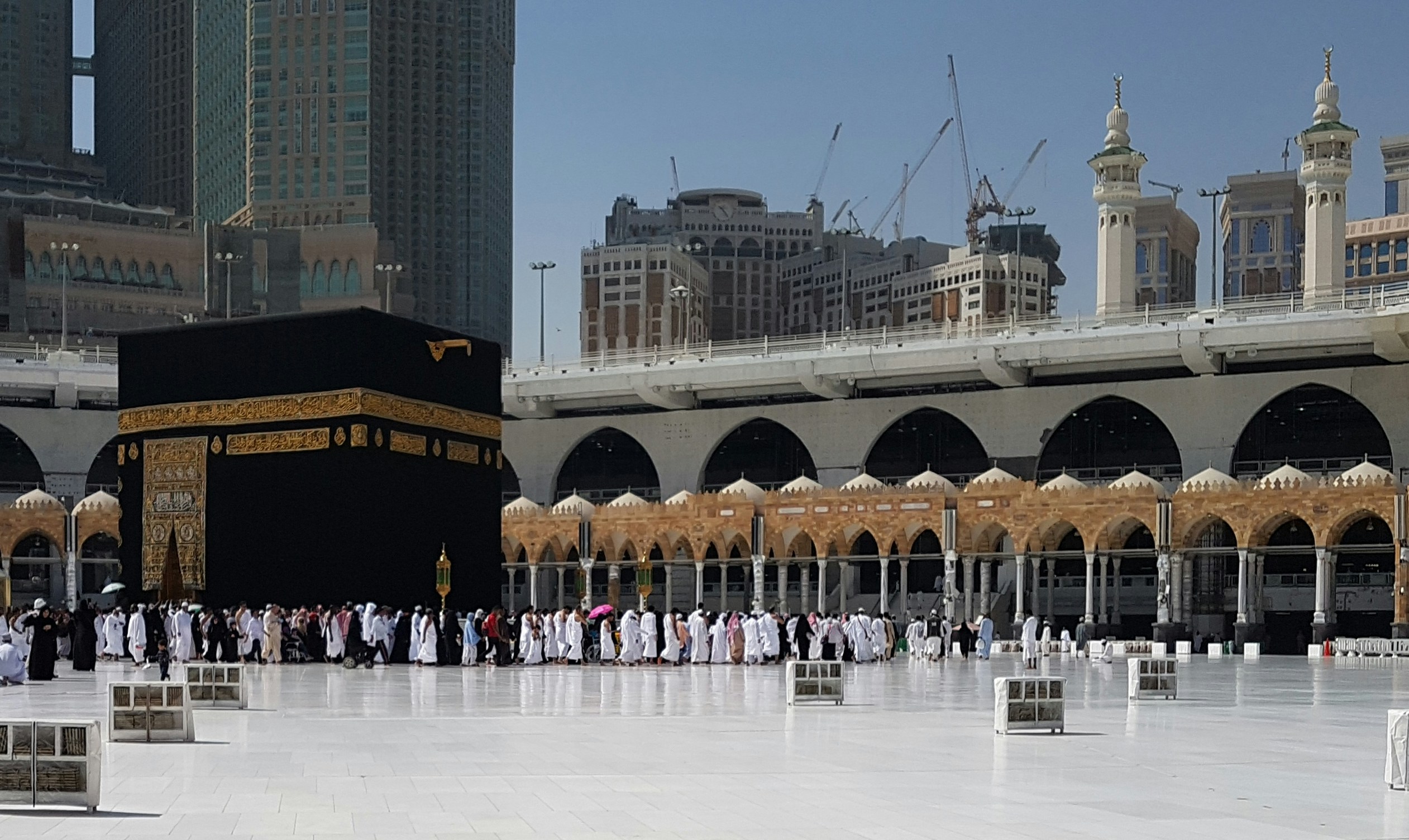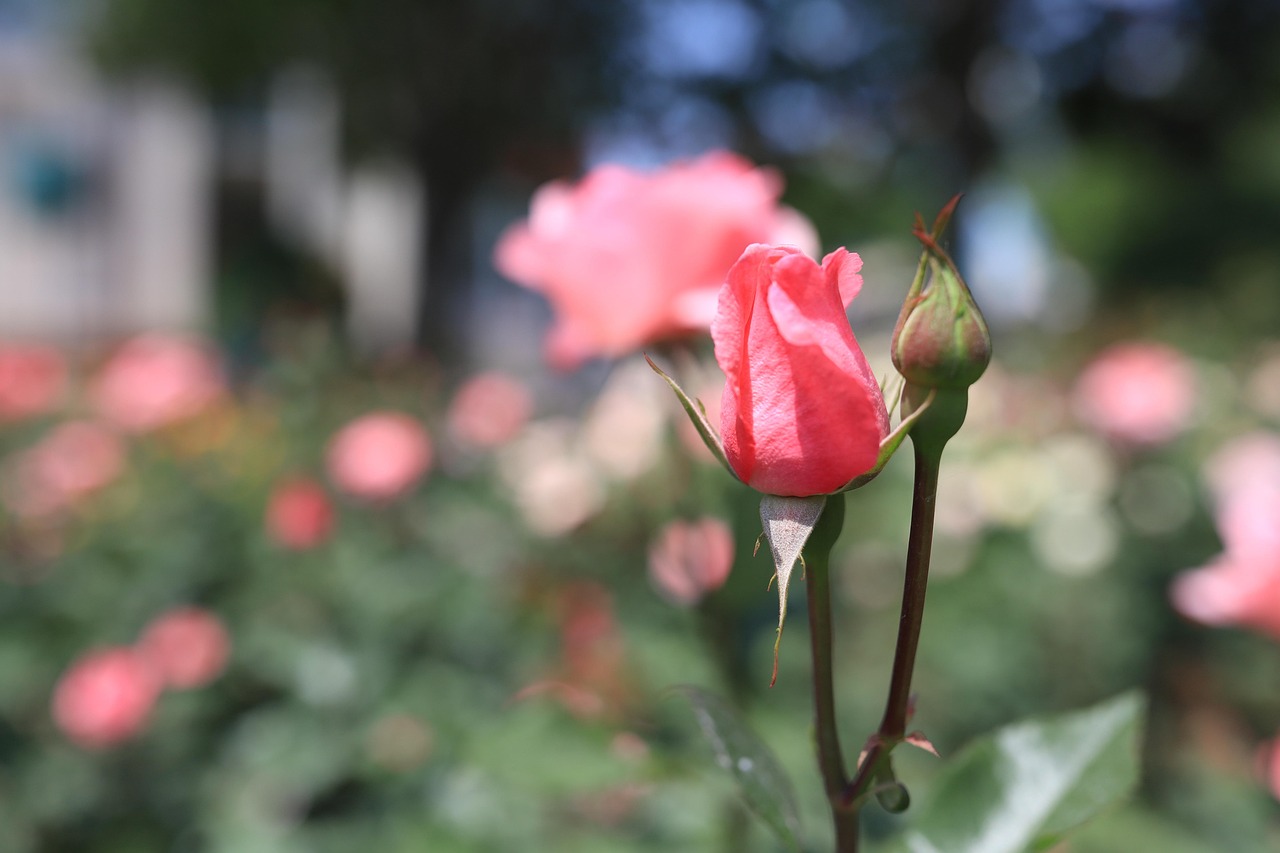Hajj and Umrah are sacred pilgrimages for Muslims, drawing millions to Mecca and Medina each year. These journeys hold deep spiritual meaning, but planning them can feel overwhelming. This guide simplifies everything you need to know about Hajj and Umrah travel. From visas to packing tips, we’ll cover key details to ensure a smooth, fulfilling experience. Our goal is to help you focus on worship while navigating logistics with ease.
What Are Hajj and Umrah?
Hajj is a mandatory pilgrimage for Muslims who are physically and financially able. It takes place annually during the Islamic month of Dhul Hijjah, specifically from the 8th to the 13th day. In 2025, Hajj is expected to occur around June 4–9. Umrah, known as the “lesser pilgrimage,” is voluntary and can be performed any time of the year. Both involve specific rituals in Mecca, with some extending to Medina.
Hajj includes unique rituals like standing at Arafat, while Umrah focuses on simpler acts like Tawaf (circling the Kaaba) and Sa’i (walking between Safa and Marwah). Understanding these differences helps you prepare for the right pilgrimage.
Why Plan Hajj and Umrah Travel Carefully?
Hajj and Umrah travel requires careful planning due to strict regulations, large crowds, and logistical challenges. Saudi Arabia’s Ministry of Hajj and Umrah oversees the process, setting quotas and visa requirements. Poor planning can lead to delays, missed rituals, or even denied entry. By preparing well, you can avoid stress and focus on your spiritual journey.
Key Steps for Planning Your Pilgrimage
Follow these steps to ensure a successful trip:
- Choose the Right Time: For Hajj, you must travel during Dhul Hijjah. For Umrah, avoid peak seasons like Ramadan for fewer crowds.
- Book Through Authorized Agencies: Use licensed travel agencies approved by the Saudi government to handle visas, flights, and accommodations.
- Understand Visa Requirements: Hajj requires a special visa, while Umrah can often be done with a tourist visa. Check the latest rules on the Saudi Ministry of Hajj website.
- Plan Your Budget: Costs vary, but expect to spend $3,000–$10,000 for Hajj and $1,500–$5,000 for Umrah, depending on package and travel class.
- Learn the Rituals: Study the steps of Hajj or Umrah to perform them correctly. Many agencies offer pre-travel classes.
How to Get a Visa for Hajj and Umrah Travel
Visas are a critical part of Hajj and Umrah travel. For Hajj, you need a dedicated Hajj visa, available through authorized agencies. These visas are limited, so apply early. Umrah visas are more flexible, often included in travel packages or available as tourist visas. Requirements include:
- A valid passport (at least six months validity).
- Proof of vaccination (e.g., meningitis, COVID-19).
- Completed visa application form.
- Travel itinerary and accommodation proof.
Always check the latest visa policies, as they can change. The Saudi government’s official visa portal is a reliable resource.
What to Pack for Hajj and Umrah
Packing smart ensures comfort during your pilgrimage. Mecca’s climate is hot, with temperatures often exceeding 100°F (38°C). Here’s a checklist:
- Ihram Clothing: Men need two white, unstitched cloths; women wear modest, loose-fitting garments.
- Comfortable Shoes: Choose sandals or slip-ons for long walks.
- Personal Items: Pack unscented toiletries, a prayer rug, and a Quran.
- Health Essentials: Bring medications, sunscreen, and a reusable water bottle.
- Documents: Carry your passport, visa, and travel itinerary copies.
Pack light to stay mobile, but don’t skip essentials. Many pilgrims find a small backpack helpful for daily rituals.
Tips for Staying Healthy During Your Trip
Crowds and heat can pose health risks. Stay hydrated by drinking 2–3 liters of water daily. Wear sunscreen and hats to avoid sunburn. Rest when possible to prevent exhaustion. If you have medical conditions, consult your doctor before traveling and carry a health summary.
Key Rituals of Hajj and Umrah
Knowing the rituals helps you perform them with confidence. Here’s a brief overview:
Hajj Rituals
- Ihram: Enter a state of spiritual purity by wearing special clothing and making intentions.
- Tawaf: Circle the Kaaba seven times, reciting prayers.
- Sa’i: Walk seven times between Safa and Marwah hills.
- Arafat: Stand in prayer on the plains of Arafat, the most critical Hajj day.
- Muzdalifah: Spend the night under the open sky, collecting pebbles for stoning.
- Ramy al-Jamarat: Throw pebbles at three pillars, symbolizing rejecting evil.
- Eid al-Adha: Perform animal sacrifice and celebrate the festival.
Umrah Rituals
- Ihram: Similar to Hajj, wear Ihram and state your intention.
- Tawaf: Circle the Kaaba seven times.
- Sa’i: Walk between Safa and Marwah.
- Halq or Taqsir: Shave or trim hair to complete Umrah.
Many pilgrims visit Medina afterward to pray at the Prophet’s Mosque, though it’s not mandatory.
Accommodation and Transportation Tips
During Hajj and Umrah travel, accommodations range from budget hotels to luxury options. Book early, especially for Hajj, as prices soar. Most packages include stays near the Grand Mosque in Mecca. In Medina, look for hotels close to the Prophet’s Mosque for convenience.
Transportation between cities is usually by bus or private car. Within Mecca, walking or shuttle buses are common due to traffic restrictions. Download apps like Nusuk (official Hajj and Umrah app) for real-time updates on transport and crowd management.
Common Challenges and How to Overcome Them
Pilgrimages can be physically and emotionally demanding. Here are common issues and solutions:
- Crowds: Stay patient and follow guides to avoid getting lost.
- Heat: Travel during cooler months for Umrah or rest during peak heat hours.
- Language Barriers: Learn basic Arabic phrases or use translation apps.
- Scams: Stick to licensed agencies to avoid fraud.
Unique Tips for a Memorable Pilgrimage
To make your Hajj and Umrah travel unforgettable:
- Keep a journal to record spiritual reflections.
- Connect with fellow pilgrims for support and shared experiences.
- Take photos (where permitted) to preserve memories, but avoid distractions like social media.
- Learn about Mecca and Medina’s history to deepen your connection.
By preparing thoroughly, you can focus on the spiritual rewards of your journey.
Final Thoughts on Hajj and Umrah Travel
Hajj and Umrah are life-changing experiences that require careful planning and a clear focus on worship. By understanding visas, rituals, and practical tips, you can ensure a smooth pilgrimage. Use trusted resources, stay organized, and prioritize your health and spirituality. Whether it’s your first or fifth trip, Hajj and Umrah travel offers a unique chance to grow closer to your faith.
Ready to start planning? Contact a licensed travel agency or visit the Saudi Ministry of Hajj website for official guidance. May your journey be blessed and fulfilling. Your journey through Saudi Arabia doesn’t end here, let Know Saudi be your guide to every unforgettable adventure.




